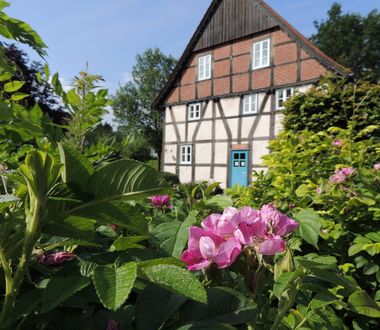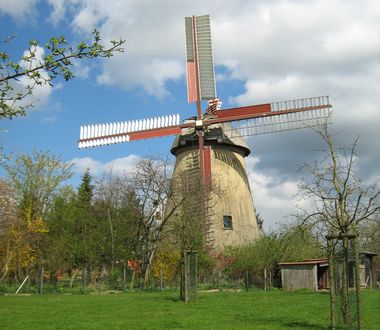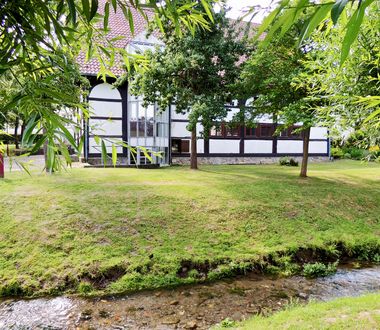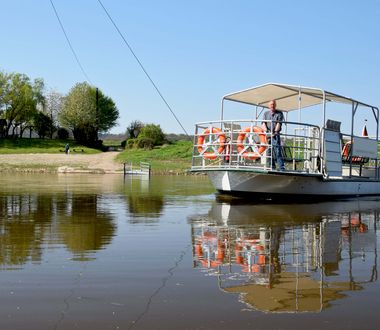Kalletal
The municipality of Kalletal, consisting of 16 mostly small idyllic villages, is literally “in Lippe at the very top. ” The rural community is named after the river Kalle, a connection of Wester- and Osterkalle, which flows into the Weser. Holidaymakers appreciate the varied recreation and leisure facilities as well as the beautiful nature of the Kallettal.
Kalletal for friens of fairy tales
The Puss-in-Boots welcomes visitors at the entrance of the small mountain village of Talle and in the center of the village on the edge of the fountain sits the frog king waiting for the king’s child. The attentive observer can also find Rumpelstiltschen in the village.
Located directly on the Weser river is the village of Erder, home of the storyteller Lothar Schroer and his “story-telling soul”. Fairy-tale walks in charming nature up to scary beautiful storytelling evenings at the campfire are regularly offered here.
Kalletal for holiday tourists and day visitors
Hiking has something true, it stimulates the senses and sensitises to nature. And if you want nature as a companion, you are in good hands in Kalletal! Flat routes, but also challenging climbs – everything is possible here on varied hiking trails past tranquil places. Small treasures such as heron colonies or kingfisher in the wetlands, the flowering larch spur in spring or the 50 species of wildflowers in the nature reserve at the Teimer are all to be discovered.
The Kalletal is not only interesting for hikers and cyclists, campers will also find ideal water landscapes, water skiers and surfers spin their rounds in the Campingpark Kalletal; anglers, swimmers, canoeists and motorboats are in their elixir here.
Cyclists will find an attractive alternative route of the Weser cycle path along the Weser villages. Exciting for young and old is the high-rope ferry in Varenholz over the Weser.
Worth a visit is, for example, the Dutch Windmill in Bentorf, the only windmill still in operation in the district of Lippe from 1889. On days when the door is open, it can also be viewed from the inside and, depending on the weather, the historical grinding process can be observed with rotating windmill wings.




